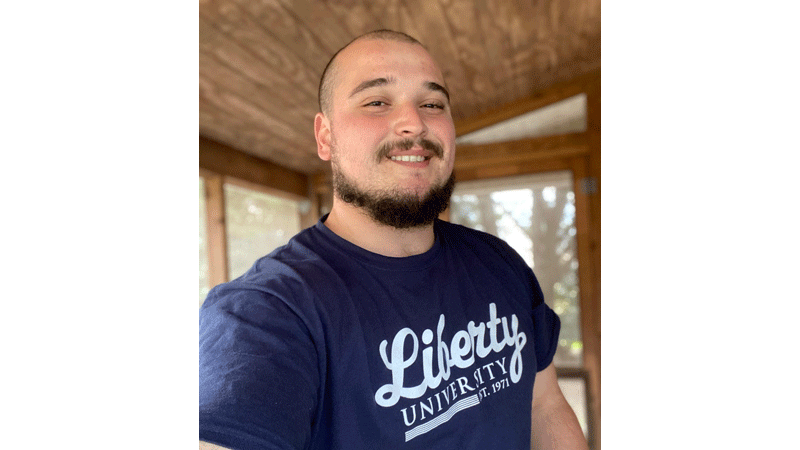He thought foreign foe was bombing Wall Street
Published 10:20 am Saturday, September 10, 2011
by Clarence Foster
I landed the New York state job that I would retire from, right across the street from New York City’s City Hall.
City Hall Park was the Manhattan end of the Brooklyn Bridge.
The park’s approximate dozen acres was bordered by Chambers Street (Chambers and Broadway featured an old eyesore that had been the country’s first department store); and Park Row, featuring a 19th Century, 15-story building that had once been the country’s tallest building; and Broadway, featuring the F.W. Woolsworth building that in 1912, at 80 stories, had then been the country’s tallest — all within a lunchtime stroll from my job.
Within 10 blocks to the north was Little Italy, Chinatown and Tribeca, a thriving art /film district, all within southern Manhattan, several blocks below its numbered streets.
The end of the day would often find me on an invigorating, awe-inspiring mile-and-a-half walk across the Brooklyn Bridge. I would get the subway home on the other side.
What a setting! But it would be upstaged by our new location on Beaver Street, at the southernmost end of the island.
For this location, I would still get off the A-Train at the sprawling Broadway and Nassau Station, change trains, or go outside and walk the canyon route down Broadway, or go over a block to the World Trade Center and walk southward through its underground mall. My wife, Betty, still has two or three sweaters that I bought from one of its stores.
By the way, the New York subway system is no less extraordinary than anything mentioned here. It is certainly as good and perhaps as bad as anything ever said about it.
This new location was five blocks south of the World Trade Center, two blocks south of Wall Street and a block east of Battery Park and its ferries: to Staten Island, the Statue of Liberty and Ellis Island and Governor’s Island.
This is New York! Believe the hype.
On the morning of 9/11, we had been at the new location for several years. My unit was as follows: Eric Santos, a Puerto Rican from East Harlem; Salih Dunston, a Muslim from Brooklyn’s Marcy Projects; Thomas Puckerin, a Trinidadian from Brooklyn’s Flatbush; Dwight Clark, an everyman from Queens; Frank Herbst, a Jew from Staten Island; James Williams, an old playground legend from downtown Brooklyn; and yours truly, from the outskirts of Zuni. A mixed bag, as close to friends as seven disparate co-workers could hope to be. Once again, this is New York.
Various assignments over the years now included a small fleet of vehicles that transported court officials and picked up and delivered mail between the post office and various court facilities throughout the city, and the state capital in Albany.
On the morning of 9/11, Dwight, having parked his car, entered saying, “I saw a plane hit the World Trade building!”
Our irrepressible Frank placed a nervous call to the front-office secretaries. You know how it goes (the awkward protocol for such moments): Dwight said, ha, ha, that a plane, ha, ha…. We sat stunned at the confirmation.
The radio reported another hit, and not long after that we heard a thunderous noise. The morning fell apart as the various offices moved to and fro seeking information and comfort from each other.
At some point, the building’s custodial staff delivered a frantic message to clear the building. By this time, explosions and low-flying jet noise were frequent.
The streets below were covered with evacuees. A smoky dust was drifting from beyond Wall Street. Thousands of pieces of what appeared to be sheets of paper floated high in the air. The tall buildings, the dust and a bit of a hill northward prevented any view beyond a block or so.
I thought some foreign foe was bombing Wall Street. It was still unthinkable that the two massive towers would collapse. Explosive sounds went on for hours. After 40 minutes or so, word came down to go home.
The visibility was fading like an incoming fog. An acrid stench spread through the blocks and wouldn’t recede for months. Street-side lobby doors were locked against the encroaching cloud and hapless drifters.
Distancing ourselves from the Trade Center, the financial district, the tall buildings, the mysterious peril, we walked east and northward, beneath the roadway of the elevated FDR Drive — all with New York aplomb, devoid of rancor and hysteria.
All public transportation, including subways, was halted four or five blocks north of the World Trade Center. The Brooklyn Bridge, including its walkway, was closed to all except emergency vehicles.
Thousands would walk for miles. I abandoned a nice blue sports jacket along the way. It had turned a yellowish gray and looked for all the world, like the future.
On top of everything, we would mourn the loss of three Court Officer Academy (down the hall from us) staffers, who had rushed to the site to lend a hand.
CLARENCE FOSTER is a resident of Southampton County and graduated from Hayden High School in 1963.





